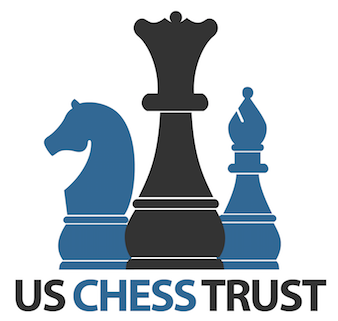Estimated Age Effects in Athletic Events and Chess

I would like to thank Jim Eade for sending me this very interesting article, titled “Estimated Age Effects in Athletic Events and Chess” by Ray C Fair.
As a chess player in my early forties, the questions which are being addressed in this article seem to be more relevant to my own active participation in tournaments.
This article, I am sure, will also be of interest to many chess players, for whom the age and chess question has come to mind.
After reading the article we can all draw our own conclusions regarding age and chess performance.
What is clear to me is that chess can be an enduring and enriching activity in our lives, regardless of age.
I hope you enjoy the article as much as I have ! Feel free to submit your comments.
Below is just an excerpt from the article.
To View the Complete Article, (Click Here) or visit our Chess Articles Section for a list of this and many other chess articles !
“Estimated Age Effects In Athletic Events and Chess” by Ray C Fair
Cowles Foundation for Research in Economics at Yale University
ABSTRACT:
Rates of decline are estimated using record bests by age for chess and for various track and field, road running, and swimming events. Using a fairly flexible functional form, the estimates show linear percent decline between age 35 and about age 70 and then quadratic decline after that.
Chess shows much less decline than the physical activities.
Rates of decline are generally larger for the longer distances, and for swimming they are larger for women than for men.
An advantage of using best-performance records to estimate rates of decline is that the records are generally based on very large samples.
In addition, the age range is large. In this study the age range is 35 to 100 for swimming, 35 to 98 for track and field and running, and 35 to 94 for chess. The estimates also do not suffer from traditional forms of selection bias. (Complete Article -Click Here)

